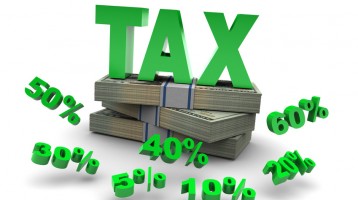A bank reconciliation is performed for two main reasons: first, to determine exactly how much there is in your bank account and, second, to make sure what is recorded in your accounting records agrees to how much you have.
Although you can reconcile your bank account at almost any time, the most common time to do this is when you receive your monthly bank statement. When you get your statement, the statement will tell you what the balance in your account is. But, most times what the bank is telling the balance is, is not really how much money you have. This is due to several factors including checks that you have written that have not been deducted from your account yet and deposits that you have made that have not been added to your account yet.
Based upon this, one might say that all I would have to do is to look at my checkbook and then I can really see how much money I have. This could be true at times; however, there will be items that have been deducted from or added to your bank account that you don’t know about yet. For instance, there may be bank service charges that the bank took out of your account or interest that they paid you that you wouldn’t necessarily know about before you get your statement.
So, a bank reconciliation is a procedure that you undertake to make sure you take into consideration all changes that have affected the amount of money you have in your bank account.
Let’s look at an example of a simple bank reconciliation:
You received the bank statement for your checking account and the statement shows that there is $15,000 in your checking account. When you go through to see which checks that you have written have been taken out of your account, you notice two checks that you wrote are missing (these are known as “outstanding” checks). These checks total $3,000. This means that you really only have $12,000 of money available. Let’s also assume that you made a deposit of $500 on the last day of the month but it isn’t in your bank statement yet (these are known as “deposits in transit”). You need to add this to your bank balance. So now you have figured out that you have $12,500. Your bank reconciliation would be:
Balance per bank $15,000
Less O/S checks ($3,000)
Plus DIT Deposits $500
Adjusted balance $12,500
But wait, this isn’t right because your checkbook says you should have $12,525. What could be wrong?
After going through your bank statement, you notice that the bank charged you $25 for new checks you ordered. You need to deduct this from your checkbook. You now have $12,500 in your checkbook and this agrees to what your bank reconciliation says. You have now reconciled your bank account for the month.


